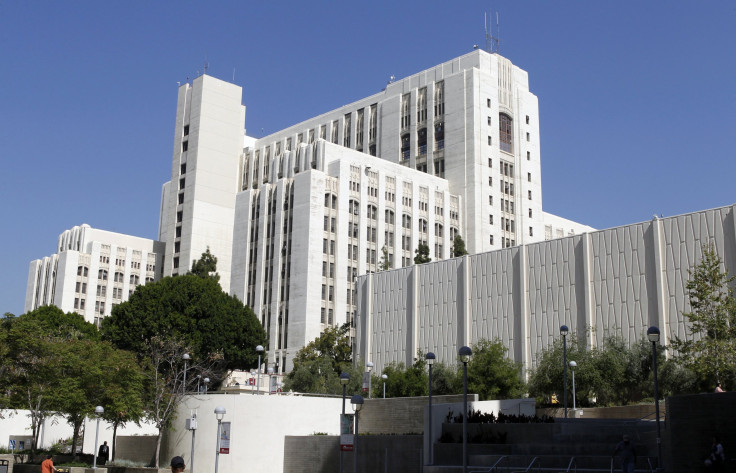Are Nonprofit Hospital CEOs Overpaid? Higher Pay Associated With, But Doesn't Necessarily Cause, Better Performance: Study

One of the top factors that has come under scrutiny in the search for ways to tamp down rising healthcare costs in the U.S. has been executive pay -- from insurance companies to hospitals, especially amid concerns that not only does outsized compensation drive healthcare spending higher, but also the practice fails to translate to better medical care for patients. Now, the findings of a new analysis suggest that there may be a link between higher CEO pay and better care, even though whether higher compensation actually caused the improved performance remains to be seen.
The study, conducted by Mercer and Truven Health Analytics, found that not-for-profit hospitals with the best records in finances, patient quality and other performance measures tended to pay their chief executives more than other hospitals. The study found "a significant, positive association...between higher CEO compensation and hospitals" that ranked in the top 10 percent of all the hospitals examined, based on performance in areas ranging from patient deaths, infections, like pneumonia, and patients' perceptions of the treatment they received.
The study was also careful to note, "This finding is not causal." In hospitals that ranked above the 90th percentile by performance, CEOs earned nearly 10 percent more than those below the 90th percentile.
Focus on hospital CEO pay: Distraction from underfunding or highlighting misplaced priorities http://t.co/6av8VoiR8I pic.twitter.com/LoIZzJAWGa
— Connecticut Mirror (@CTMirror) September 25, 2015It also found that the bigger and more prominent the hospital, the higher the median CEO pay. At benchmark hospitals surveyed, overall median annual compensation came to $767,000, while at non-benchmark hospitals, median compensation came to $566,000. At major teaching benchmark hospitals, however, median CEO compensation swelled considerably, to more than $1.3 million.
Criticism over executive compensation has been widespread and loud enough to prompt New York and California, along with other government officials, to call for limits on such pay, including by introducing legislation, not ultimately enacted, exacting penalties on non-profit companies that paid employees more than a $1 million.
The report acknowledged this debate, but said that at the same time, "the relationship between compensation and performance is rarely laid out for examination," amid the outcry. "What is missing is an explanation of the multi-faceted capabilities and outcomes the hospital is getting for its investment in its top executives," it added.
The study compared chief executive compensation at nearly 2,800 nonprofit general acute care hospitals with those hospitals' performances from 2011 to 2013 , using data drawn from IRS forms and the Truven Health Analytics 100 Top Hospitals National Balanced Scorecard Study Database. It did not include specialty hospitals, federally owned hospitals and other institutions it said lacked sufficient data for calculating performance.
© Copyright IBTimes 2024. All rights reserved.












